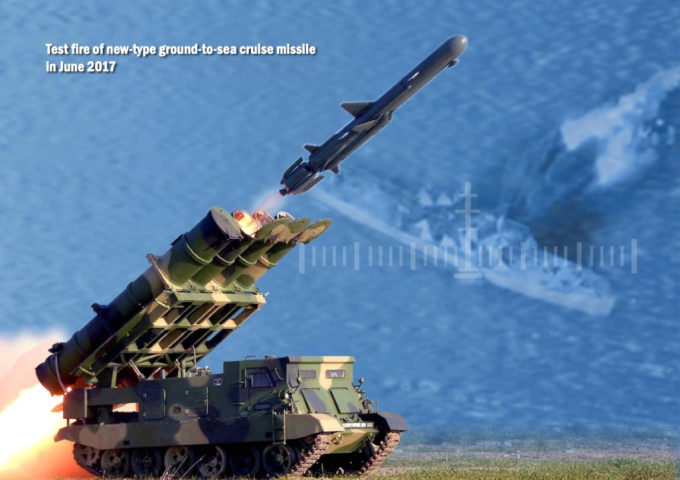
No one should be surprised by orbital bombardment, although the glider is a nice touch. The Soviets deployed an orbital bombardment system in the 1970s. This is an old concept that is newly relevant as a way to defeat missile defenses.
https://twitter.com/Dimi/status/1449463897669390337
I wrote a short thread last month on why I think orbital bombardment makes sense for Russia, China and North Korea -- especially if gliders mean they can improve accuracy.
https://twitter.com/ArmsControlWonk/status/1440373239348285441?s=20
But really, I've been banging on about orbital bombardment for several years now. It's obvious: The US put a missile defense system in Alaska to defend against missiles coming over the North Pole. What did you think Beijing, Moscow and Pyongyang will do? Just give up?
China just used a rocket to put a space plane in orbit and the space plane glided back to earth. Orbital bombardment is the same concept, except you put a nuclear weapon on the glider and don’t bother with a landing gear.
Also, this is how arms races work. We put a missile defense in Alaska, China builds an orbital bombardment system to come up over the South Pole. It will go on like this, at the cost of hundreds of billions of dollars, a forever race with no finish line.
jstor.org/stable/pdf/114…
jstor.org/stable/pdf/114…
• • •
Missing some Tweet in this thread? You can try to
force a refresh











